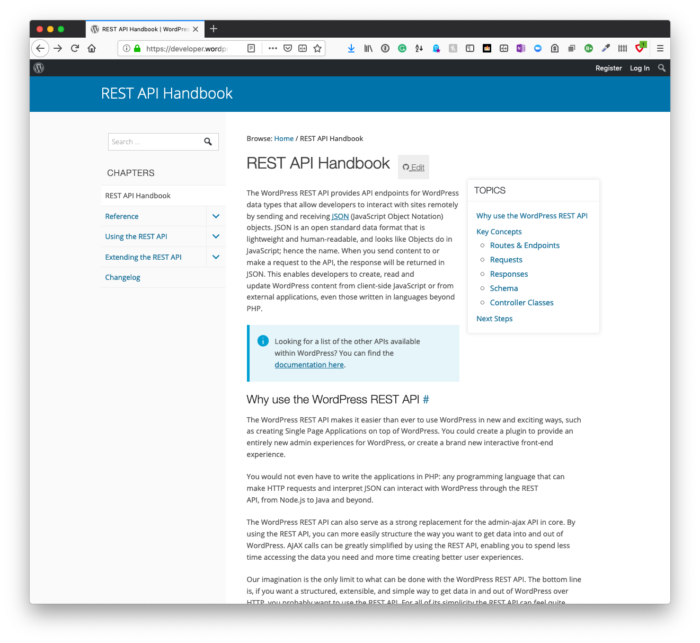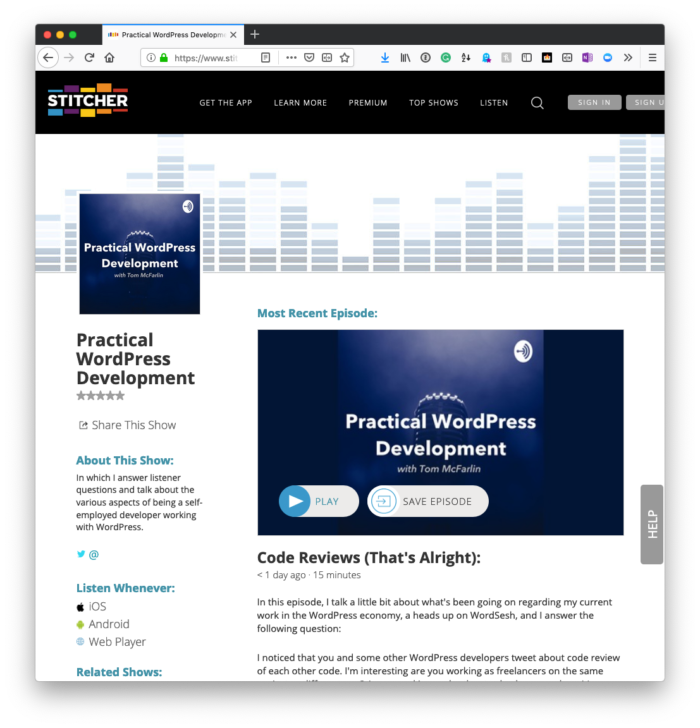I don’t have a lot of experience when it comes to creating APIs. I’ve done a fair share of work when it comes to integrating WordPress with third-party APIs, but I’ve spent very little time working on creating a system that has its API with which other systems can interact.
As far as the latter is concerned, I’m actually in the middle of doing that (and I’m learning a lot). The gist of the project is there’s an iOS app that’s interacting with WordPress via the REST API in a bi-directional way.

I’m eager to share more about it, but I need to do so when the project is further along.
But when it comes to working with third-party APIs and then building components of a WordPress project that interact with them, two of the things I consistently find useful are:
- using a proper library,
- diagramming the system,
- separating the functionality into parts.
And the last two points above are what I’m looking to cover in this post.


